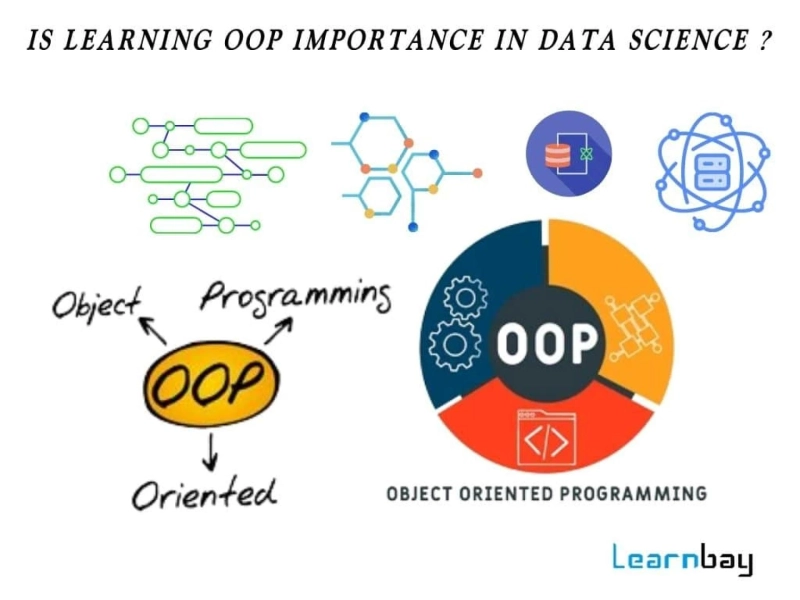Object-Oriented Programming – Overview
Object-oriented programming, sometimes known as OOP, is a paradigm for writing computer programs built around the idea of objects. In this paradigm, objects are capable of holding both code and data. Additionally, these objects can have methods and attributes (behaviors).
In simple terms, objects possess both attributes and behaviors.
For instance, consider an object that represents a person. The person has various characteristics, including name, age, and hair color. They are also capable of walking and extending greetings to others. Object-oriented programming simulates the behavior of actual physical entities in the form of organized code that can have characteristics and perform actions.
- Encapsulation: The concept behind encapsulation is that an object\'s properties and methods are kept private and protected from being inherited by another object. This allows you to define both public and private methods and attributes. People who use your program can use public methods but not private methods.
Encapsulation is the concept that lies behind the concept of abstraction. Abstraction enables you to expose only high-level mechanisms for doing certain things while concealing (or "abstracting") the underlying mechanisms beneath.
For example, your car abstracts all of the mechanics involved in turning on your car by pressing a button or turning a key.
- Inheritance: Inheritance allows you to create objects with similar properties (attributes) and abilities (methods). This enables you to create a single object that can be used as a foundation for many other objects without repeating your code. For example, the base of a car can be used to make trucks, SUVs, and camper vans.
- Polymorphism: Polymorphism is based on the concept of inheritance. While defining child objects can be useful, these child objects may behave differently. Polymorphism allows you to define a child object while also allowing it to create and use its own methods. Using the example of cars and trucks, turning on a truck may differ slightly from turning on a vehicle.
Do check out the trending IBM-accredited Data Analytics course in Delhi, if you want to become a data analyst in leading firms.
Why Object-Oriented Programming is Important in Data Science
In many cases, the procedural programming paradigm will suffice in data science. This organizes a program in the same way a recipe or instruction manual would. In this case, each line of code is run sequentially. So, what\'s the point of learning object-oriented programming if all you want to do is analyze data?
- Python: Python is rife with objects (in fact, everything is an object)
- Code organization: As your programs grow in complexity, so will their code. Using object-oriented programming, you can organize your code, making it easier to test, debug, and expand.
In the early stages of working with Python for data science, the concepts behind object-oriented programming may make no sense or be irrelevant. But don\'t give up!
Learning to think in the object-oriented programming paradigm will help you better understand how many Python applications work. A Pandas DataFrame, for example, is a complex object with numerous attributes and methods. Knowing that a DataFrame is an object helps you understand why it has certain techniques that a Python list does not.
You will not always need to use object-oriented programming as a data scientist. Don\'t fall into believing that everything must adhere to an OOP paradigm. Furthermore, you might want to give a try to Learnbay’s Data Science course in Delhi, to gain the necessary knowledge and skills and become an IBM-certified data scientist.
0



